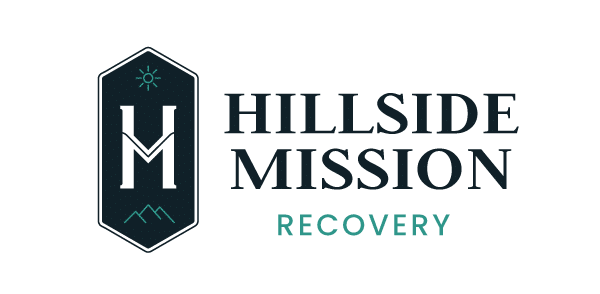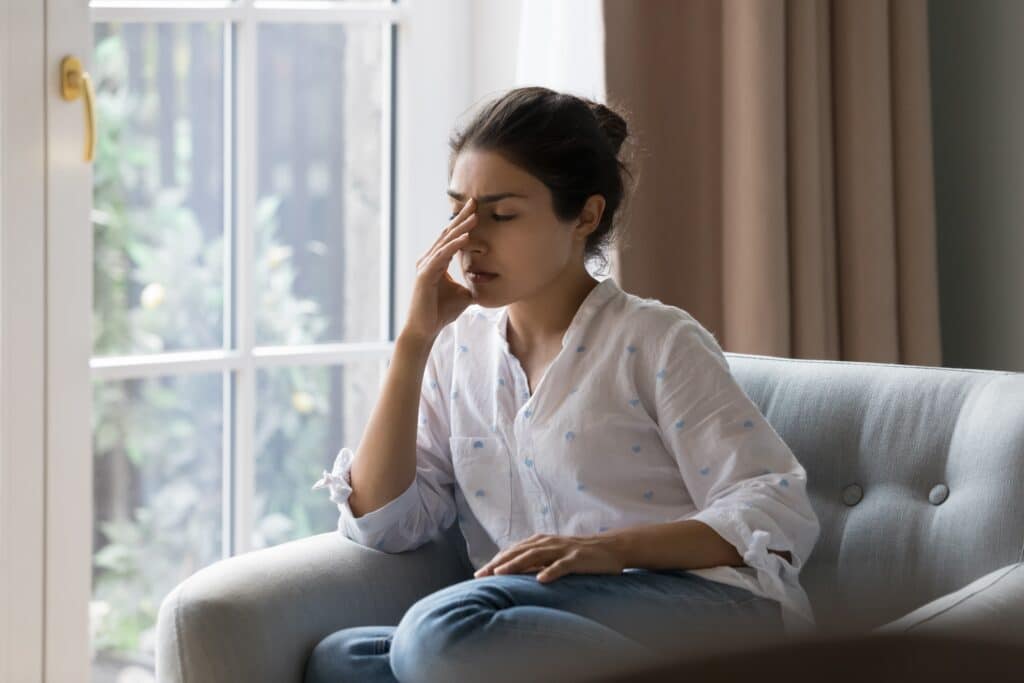Over 130 people die every day in the United States from an opioid overdose. If that doesn’t scare you enough, then maybe this will. 10.3 million people misused opioid prescriptions in one year.
The US opioid epidemic isn’t a myth, it exists, and it is deadlier than ever! The wheels that set the US opioid crisis in motion were first rolled in the late 1990s by big pharmaceutical companies.
In a bid to sell opioid pain relievers, pharmaceutical companies convinced the medical staff that these pain relievers weren’t addictive and would have no side effects. They were wrong because soon after doctors began to prescribe more opioids for patients, the US recorded a high prescription opioids misuse rate.
Opioid addiction in the US would only worsen after those first few years, with more and more people falling to the power of opioid painkillers. In 2017, the US recorded its highest level of opioid addiction. Shocking, right?
Opioids Explained
Opioids are a group of drugs that are primarily used for pain-relieving purposes and anesthesia. Opioids also make people feel relaxed and happy. The drug group, generally referred to as opioids, contains the following:
- Fentanyl
- Heroine
- Prescription opioids
- Oxycodone
- Hydrocodone
- Codeine
- Morphine
The side effects of using opioids include:
- Nausea
- Confusion
- Constipation
- Slow breathing
- Drowsiness
Opioids are very addictive. Even when used as prescription drugs, opioids are risky because the body develops a tolerance to early doses, resulting in the need for higher doses to feel the same effects.
In addition to that, opioid addiction is really difficult to kick, and this is why we have a US opioid crisis. The withdrawal symptoms alone can make someone feel like they have a very intense flu, and are best managed under professional care.
Why There Is a US Opioid Epidemic
Knowing what we know today and seeing how opioid addictions have destroyed people, why is there still an epidemic?
Money. The sad truth is that prescription opioids bring in a lot of money for big pharma companies and the government.
In all 50 states, prescribing opioid painkillers is legal, so there’s no way to stem the misuse of opioids, which often leads to full-blown addiction.
Even with the National Institute of Health doing the most they can do to end this epidemic, there is still a long way to go. There’s only so much NIH and NIDA can do when prescription opiates are legal.
How to Get Help With an Opioid Addiction
Choosing to get help is the first step toward healing, and one of the easiest decisions you’ll make in your treatment journey.
Now, what can you do next? You need to choose a treatment center. The prevalence of addiction treatment centers in the United States has made this step an easy peasy one. You can narrow down your choices using location filters.
Before picking a treatment center, here is a list of things to consider.
- Location is important, especially if you need to be in a new environment
- What treatment programs they offer
- Cost
Once you narrow down a few choices, it’s important to pick the right treatment center for you. If you know you struggle with mental illness, you’ll want to go to a treatment center with dual-diagnosis treatment. If you need detox (most opioid addicts do), you’ll want to choose a center that has detox options.
Overcoming an opioid addiction isn’t the easiest thing to do amid a US opioid crisis, but it can be done with the help of treatment centers that care. Hillside Mission Recovery Center has got everything you need to get your life back on track. And this includes caring staff, luxurious facilities, and individualized treatment. Reach out to us today for help with your addiction.






